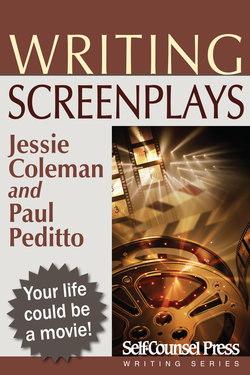Читать книгу Writing Screenplays - Paul Peditto - Страница 20
На сайте Литреса книга снята с продажи.
2. Choosing the Right Moment for Your Story
ОглавлениеNow that we have glossed over possible angles for your life story and the wheels are turning in your head, what’s next? Choose one of the following:
• The moment in time where there was the most drama and pain. You may say, “but there were so many!” I know, I know. Just pick one.
• The moment in time that you find the most fascinating, whether good or bad fascination.
• The moment in time where you learned your biggest lesson.
• The moment in time that put you on a new course of life.
• The moment in time when you strived and struggled and then won.
Memoirs are about certain, unique, sometimes life-transforming periods as opposed to a whole life. You want to choose a story where somebody does something and something happens as a result, and how it affects the person negatively or positively in the end. The following are some examples:
• A woman graduates from medical school, then realizes that she really wanted to be a lawyer.
• A man searches for Mrs. Right for ten years only to learn that he really prefers to be with Mr. Right!
Now it’s your turn to choose your moment in time to focus your story. You do this by forming a one- to two-sentence description (i.e., logline: very short description of concept, main character, and main conflict) similar to the above examples. Before you compile your description, I want to share with you the two different approaches you can take in weaving your true-life tale into an intimate dramatization.
